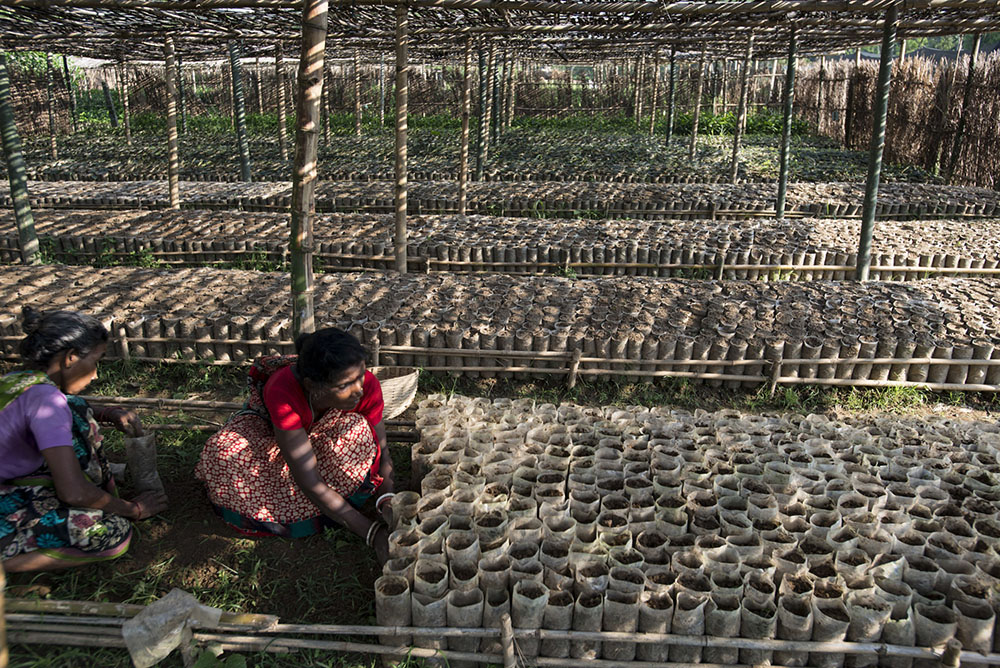
We all know that tea enjoys a special place in British culture, but behind our favourite cuppa is a fascinating story rarely told. It inspired the River of Tea exhibition at the newly reopened National Science and Media Museum. This post explains that story and how I came to explore it in collaboration with local people and museum staff.
Bradford is famous as a home to many people with origins in different parts of the world, and that’s what makes it so such a great place for a photographer such as myself, who’s interested in stories of migration. Less well known is how Bradford’s closest links with places overseas are with very specific regions rather than entire countries, and how the histories of industry, trade and empire have forged these international connections.
When I first came to Bradford in 1986 it was to work for the Bradford Heritage Recording Unit, a part of Bradford Museums which used photography and oral history to reflect the lives of local people. Our offices were on Manningham Lane, and at the heart of the Bangladeshi community who lived in a network of streets lying in the shadow of the Valley Parade football stadium. When we went out to photograph and interview this community I discovered that almost all these families originally came from the Sylhet District of Bangladesh. ‘Why?’ we asked. We were usually told that a grandfather or uncle had found work on a boat in Calcutta, once the maritime capital of British India, but Sylhet is in the far north eastern corner of Bangladesh, the furthest part of the country from Calcutta and some 300 hundred miles from the sea. For me, the question of ‘Why Sylhet?’ remained.
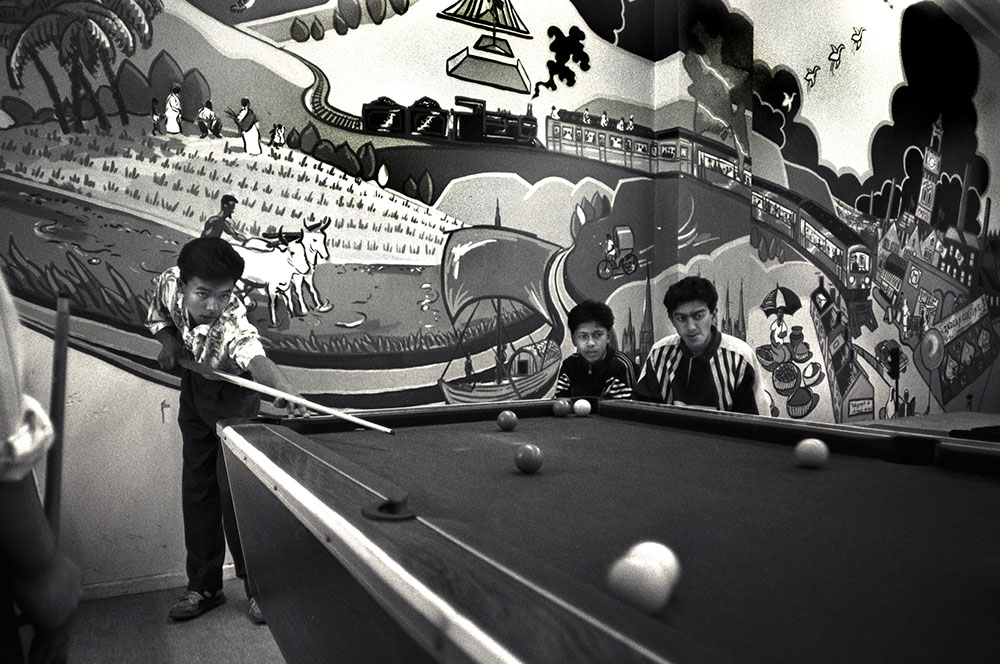
Some 30 years later I found the answer. Still living in Bradford, I was researching a new exhibition about the history of tea and read a PhD thesis by Ashfaque Hossain. Entitled The world of the Sylheti seamen in the Age of Empire, it explained how the early tea trade had sparked the migration of Sylhetis to Britain.
In the early 1800s Britain had to buy tea, the nation’s most popular drink, from China. China’s monopoly kept prices high. Searching for cheaper tea, the British came across a wild plant used to make a drink by local people in Assam in north eastern India. The plant turned out to be a new variety of tea, and the British quickly established tea plantations across Assam Province which, in British India, included Sylhet.
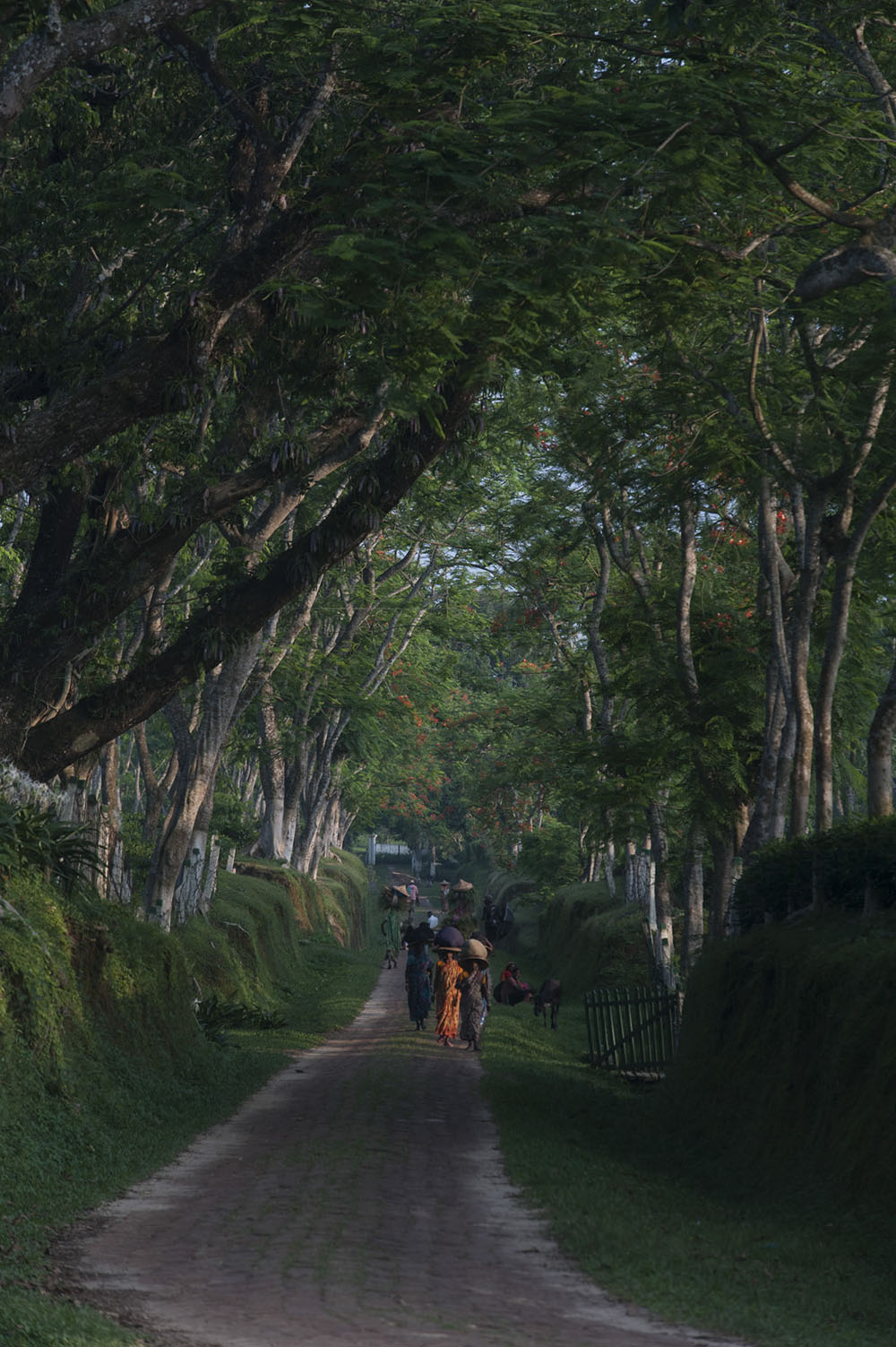
Once harvested, the tea needed to travel hundreds of miles from the remote plantations to the port of Calcutta, the capital of British India and headquarters of London’s East India Company. Sylhetis were renowned sailors and shipbuilders who had been moving cargo between Sylhet and the coast for centuries, navigating the vast rivers flowing from the Himalayas towards the Bay of Bengal. They began to use their huge wooden ships, built from local timber, to transport tea for the British. Later the British used paddle steamers to ship tea, but continued to rely on the Sylhetis as pilots and crew, who established their own community in the docklands of Calcutta.
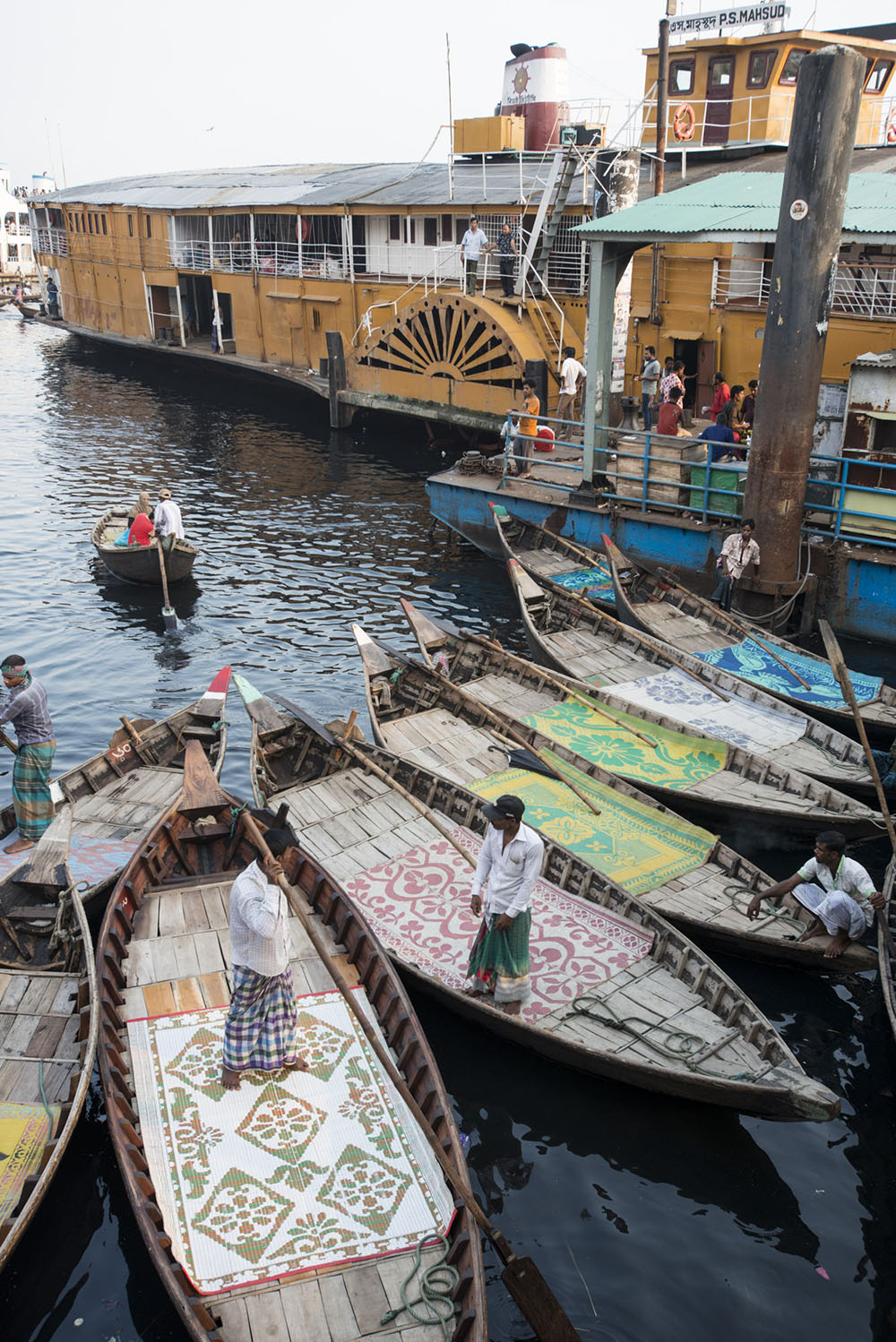
In the late 1800s the British built railways which provided a faster, more reliable way to transport tea, and many Sylheti sailors lost their jobs. Instead they began to work on ocean-going sailing ships taking tea to Britain, and then the steamships which replaced them. Known as lascars, they were generally given the hardest, dirtiest and hottest jobs, stoking coal in engine rooms. When they returned home they recruited others, and successive generations of Sylheti men signed up to work on British ships.
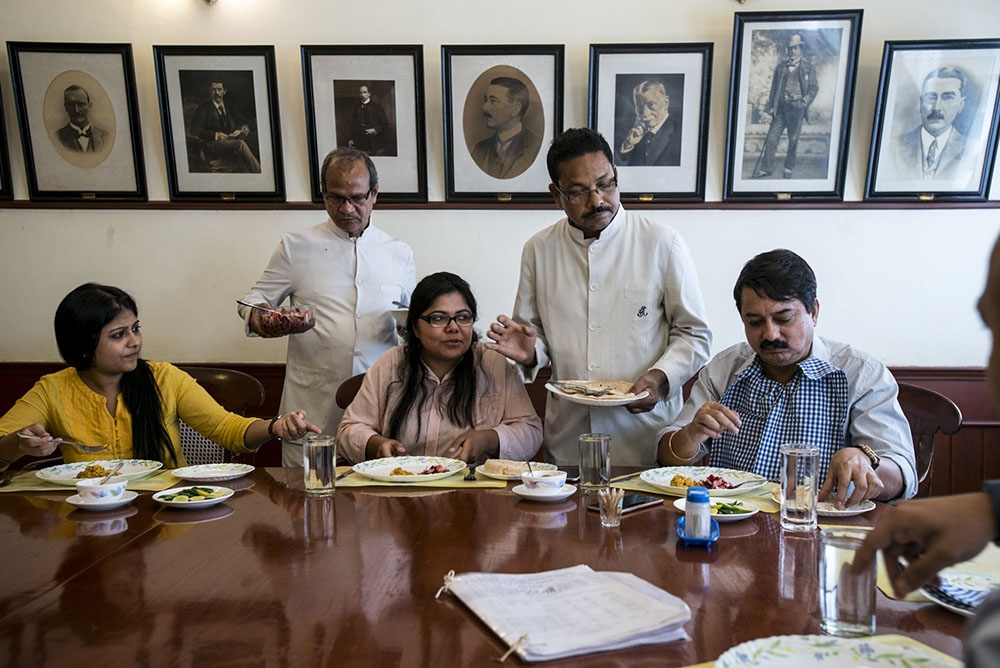
The research for the thesis ended in 1947. The challenge for me was to bring the story up to date, and how to distill 345 pages of historical research into an engaging exhibition. To do so I rekindled my contacts with Bradford Bangladeshis. The Second World War and its aftermath are within living memory, and talking to local people enabled myself and museum staff to update the historical narrative and weave it together with personal stories.
After the Second World War, coal-fired ships were replaced by a diesel fleet. As stokers’ jobs disappeared, Britain’s post-war boom created a huge demand for labour, and sailors found work ashore. Textile mills drew workers to places like Bradford and Oldham, and once settled these former seamen encouraged other men from Sylhet to join them. In the 1960s their wives and children came too and large communities developed.
In the same way that drinking tea has become an important part of British culture, our love of curry has also been shaped by this same migration story. During their time at sea many Sylhetis became ship’s cooks, and once settled in Britain many then entered the catering trade. The result is that over 80% of ‘Indian’ restaurants in Britain are actually run by British Bangladeshis, selling food based on their own regional cuisine.
British Bangladeshis often visit ‘back home’. Remittances have transformed the Sylhet District, which is now one of the richest places in Bangladesh. Land has become so valuable that many local people have been priced out of the market, leading to falling food production. Many British Bangladeshis also support charities or community developments in Sylhet, particularly in education and healthcare.
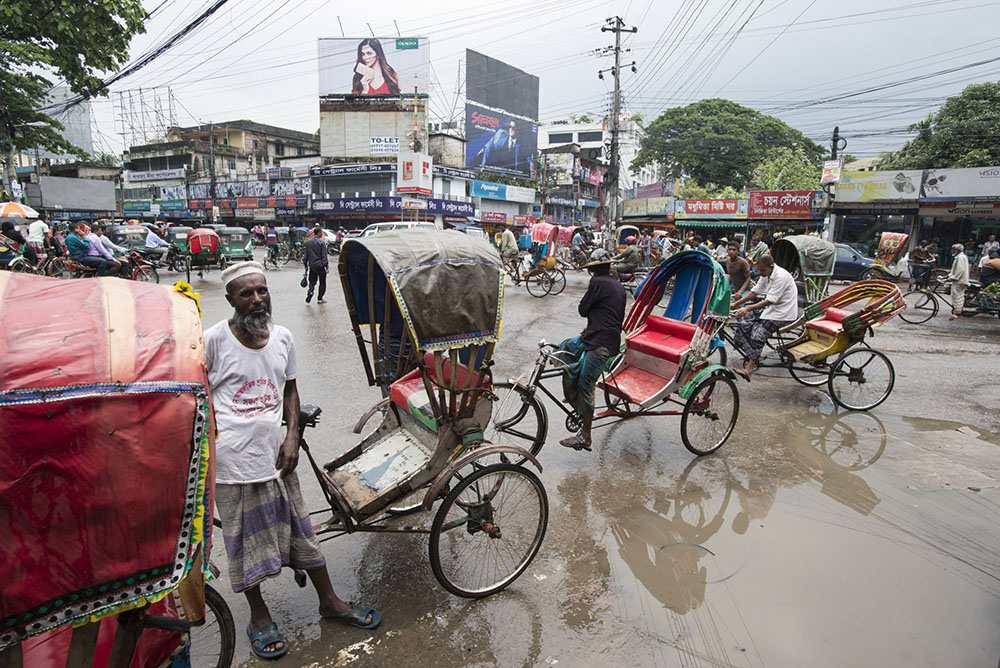
It was a real privilege for me to be able to amplify these stories. I photographed life along the rivers and in the tea estates of India and Bangladesh, in the bustling cities of Dhaka and Calcutta, and in Sylhet itself where I met many people from all over Britain. Although it was a personal journey it was one guided by many British Bangladeshis, who suggested where to go and who to meet. Everywhere I went, in both Britain and Bangladesh, I encountered extraordinary help and hospitality from people. I hope the words and images we present do them justice.
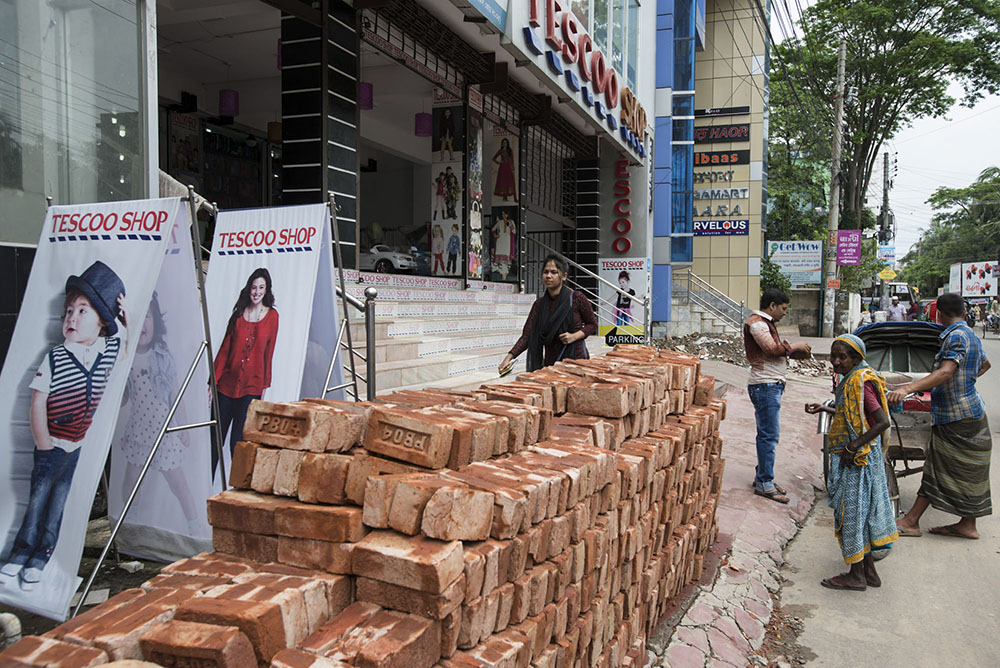

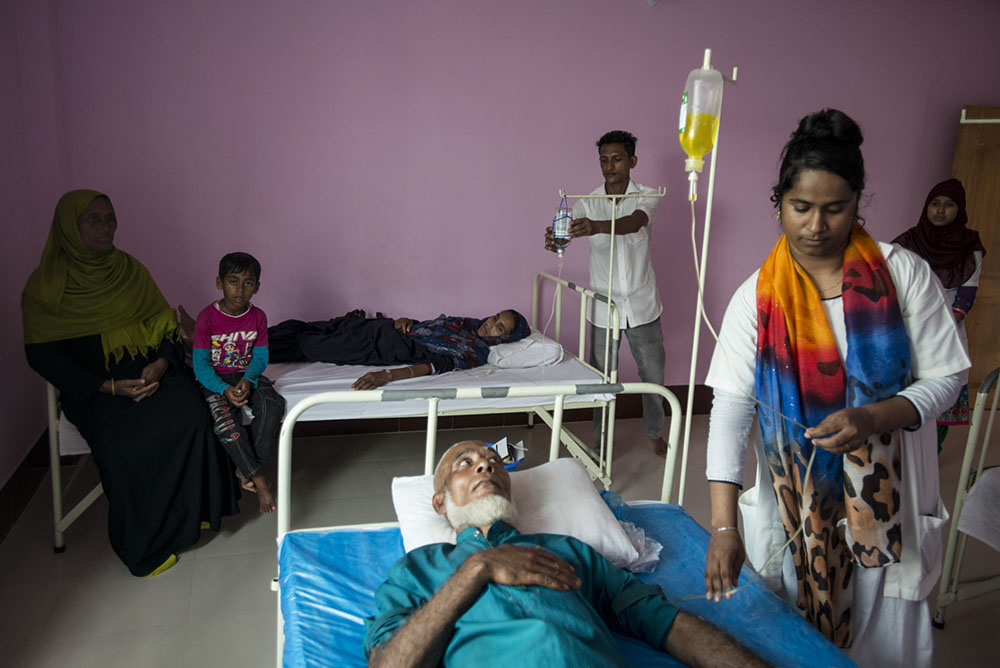

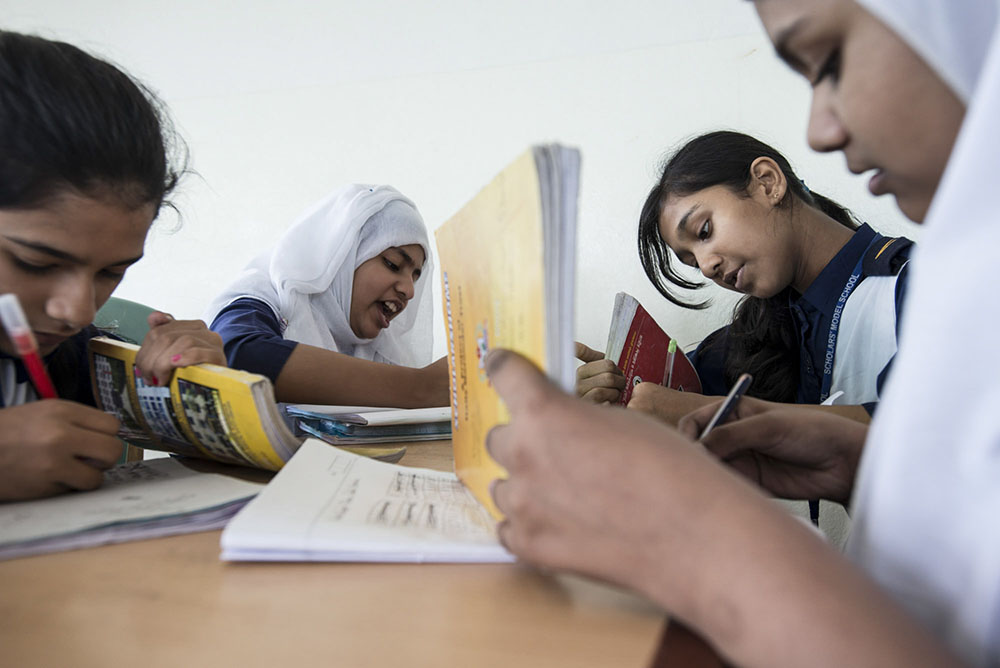
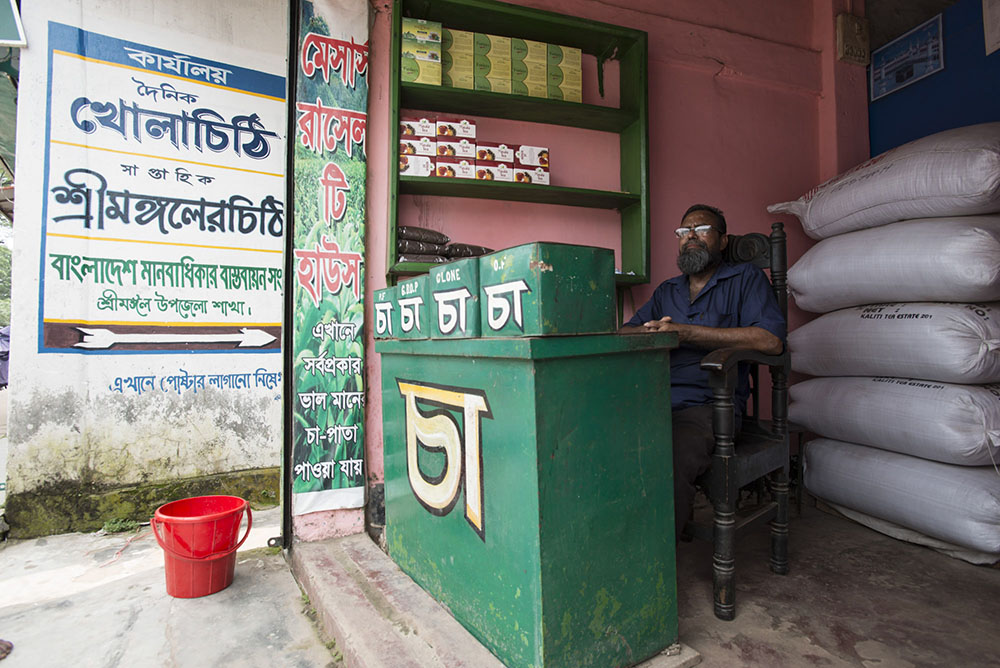
Let’s Chat: River of Tea is on display in Gallery 2 at the National Science and Media Museum until 27 June 2021. The exhibition is supported with public funding from Arts Council England.